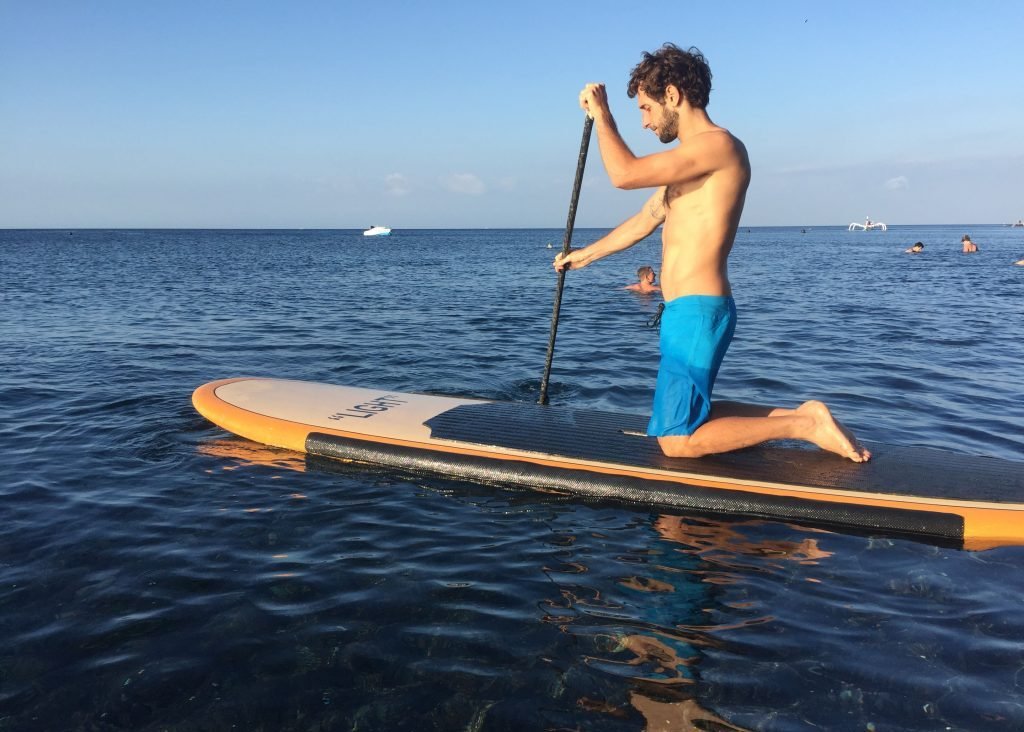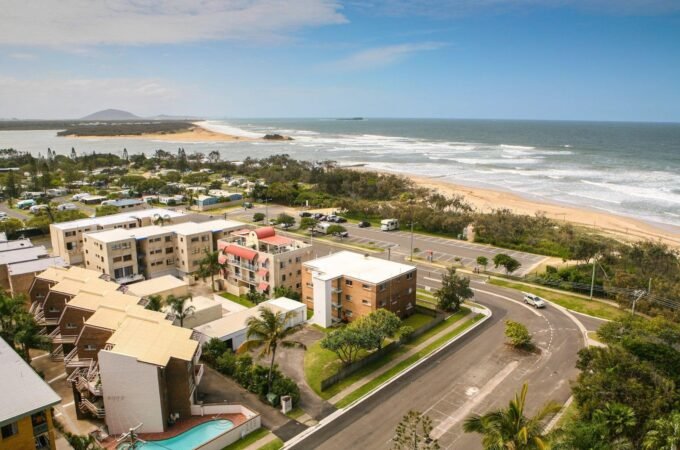
How to Choose Your First Paddleboard: A Guide for Beginners
Paddleboarding is an extremely refreshing and exciting water sport that has become quite popular worldwide. Whether you’re paddling over still waters or riding the waves, paddle boarding can reduce stress and at the same time give your body a good workout. It is a great way to exercise and tone your core muscles. Indeed, this popular water sport has many benefits for the body as well as the mind.
Whether you’re new to the sport or a beginner with some experience, finding the right paddleboard is quite a challenge. With the vast variety of board options available in the market, it is easy to get confused or intimidated. Here are a few things that can guide you in the process of finding your first paddleboard.
Paddleboard Usage and Types
There is a wide range of SUPs available for many different purposes like paddling, surfing, racing, fishing, yoga, etc. Selecting the right Stand-Up Paddleboard (SUP) depends on how you plan to use it.

For example, all-around SUPs are great for beginners as they are easier to balance and glide well in flat waters. Similarly, touring SUPs glide nicely over flat waters and are great for traveling long distances. You can use yoga SUPs for stability and control, racing SUPs for better speed and maneuverability, and fishing SUPs for carrying fishing gear.
Paddleboard Size
The size of the SUP has a great impact on the performance of the board. The ideal size of your board depends on your body height and weight, and your paddleboarding experience. Another important factor is its volume and weight capacity. The wider, thicker, and longer the board, the more weight it can carry. For beginners, a wider board with more volume works best. And when you think you’ve improved enough to not fall in the water every few minutes, you can shift to a lighter, smaller board with less volume!
Construction Type and Material
Paddleboards are usually made of PVC, resin, plastic, wood, foam, fiberglass, etc. They are either solid, soft top, or inflatable depending on their use. Inflatable and soft-top boards are durable, lightweight, cheaper, and easier to transport and use even for beginners. They are also ideal for exercising, fishing, or traveling long distances. Solid SUPs maybe not be as soft and light, but they are great for balance, stability, and better maneuverability in the water. Want to know more? Many online forums and guides like paddlingwaves.com can give you detailed and reliable information on the type of paddleboards you should choose.
The Shape of the Hull

The shape of the board is another factor that greatly affects its performance. The body of the board, or the hull, can be of two types, planing hull or displacement hull. A planing hull is flat and wide. It is ideal for beginners as it is easy to maneuver and quite stable and durable. In contrast, a displacement hull has a sharply pointed front (called the nose!), which displaces the water towards the sides. It’s a bit tricky to balance. However, it’s great for racing or touring as it offers a faster and smoother ride.
Accessories for Paddleboard
Once you choose the ideal paddle board for you, the next thing to look for is the paddle and accessories. Paddleboard accessories are the additional things you can carry with you while paddling other than the board and paddle itself. These include personal flotation devices (PFDs), ankle leash, car racks, attachment mounts, whistle, etc.
Now that you know what to look for, you can easily find the paddleboard that is right for you! Paddleboarding can be a bit tricky but also very relaxing. Whether you’re boarding for fun or fitness, it is important to learn the basics first and always take proper safety precautions.




